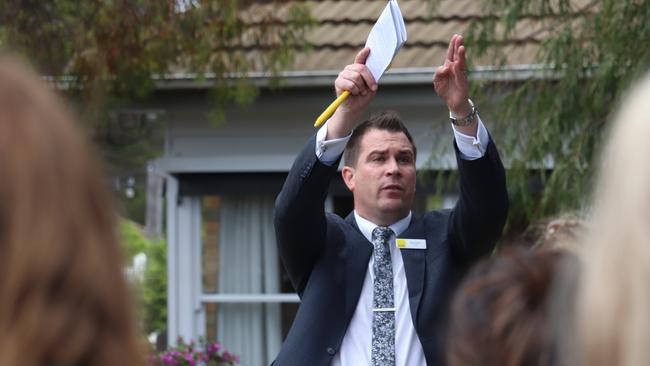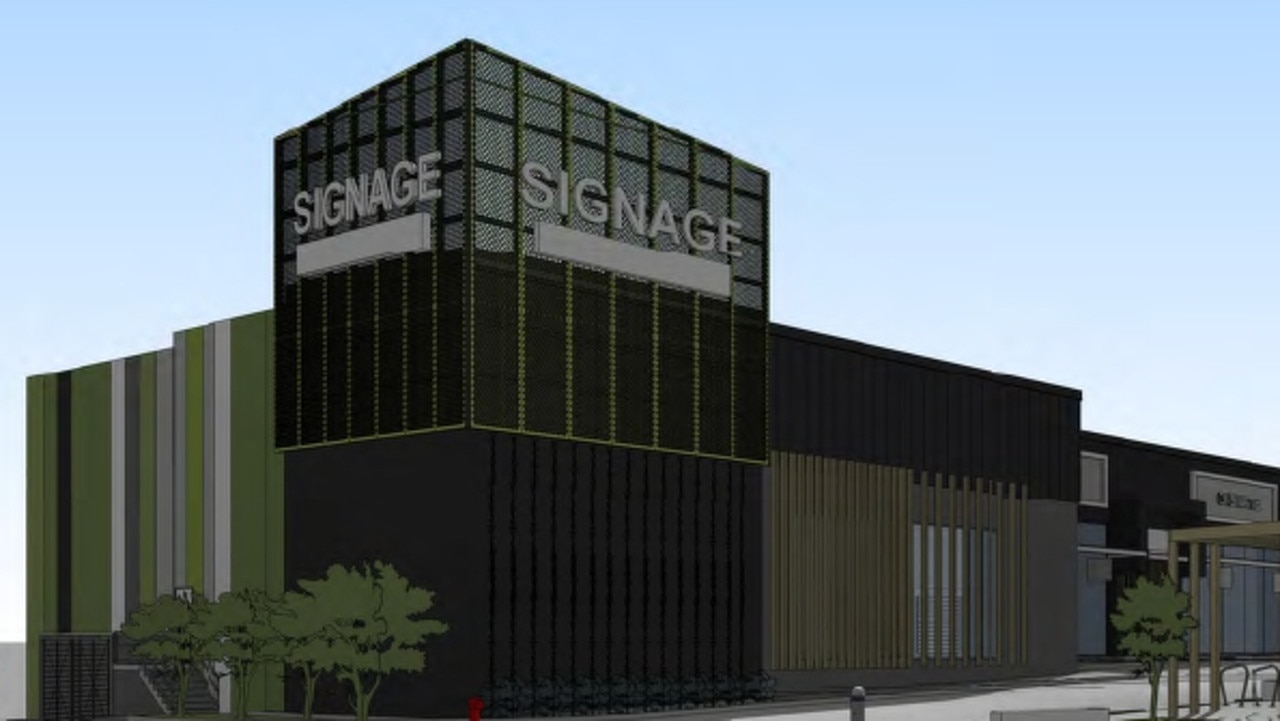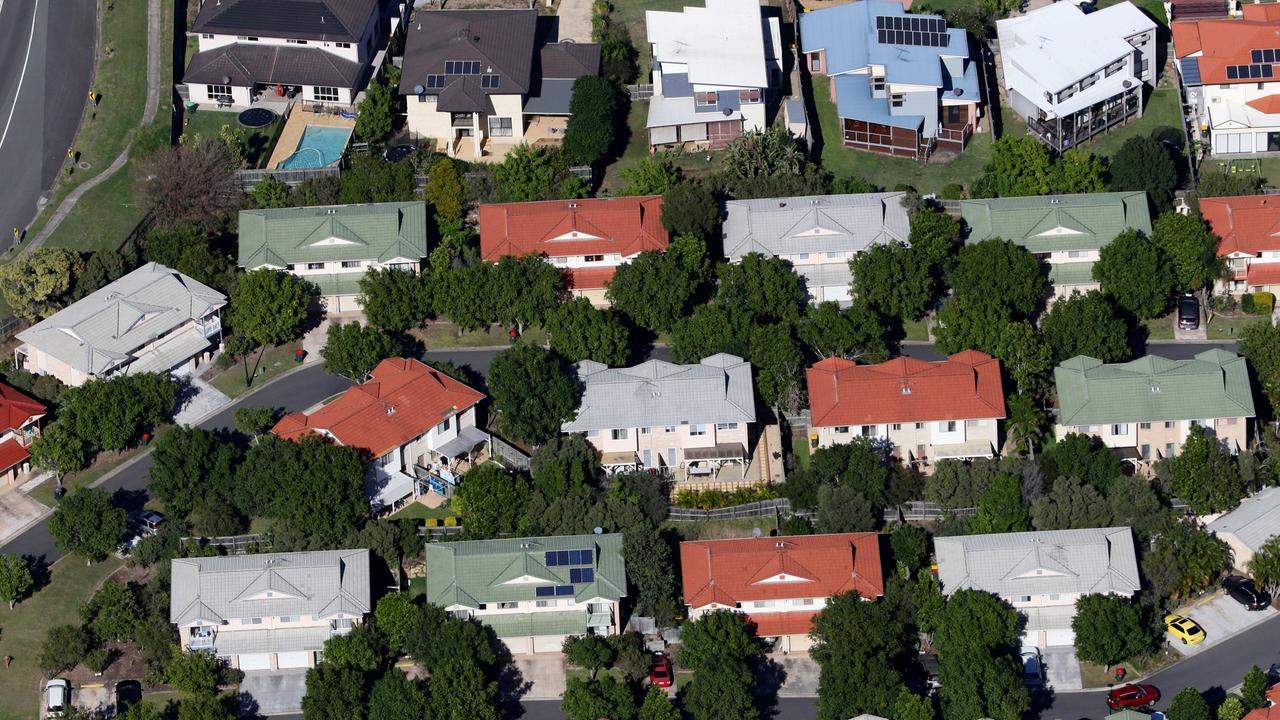Federal Election 2022: Why housing policies are the definition of insanity
ANALYSIS: Both Liberal and Labor parties’ are just reheating policies that have seen house prices skyrocket over the past 20 years, while failing to fix one major lingering issue.

Property
Don't miss out on the headlines from Property. Followed categories will be added to My News.
It was Albert Einstein who is quoted that the definition of insanity was doing the same thing over and over again and expecting different results.
The two major political parties are heading to Saturday’s federal election with quite similar housing affordability policies, although using different mechanisms to get there.
And, once again the parties have missed one of the key problems feeding Australia’s housing affordability crisis – supply.
RELATED: Where it’s cheaper to buy than rent
How you can get a home for free
Old Melbourne mansion has mysterious 15 ‘hidden’ bedrooms
Off the top, it should be the place of governments to help its citizens get ahead in life, but eventually governments will have to address what is causing the problem.
Since Sydney hosted the Olympic Games, successive state and federal governments have thrown thousands of dollars at first-home buyers under the guise of helping them get a deposit to break into the property market.
And each time as thousands take up the opportunity, the cost of entry into the property market has risen exponentially, weakening the ability of the next generation to do the same.
It’s reached a point where the current generation of first-home buyers are paying multiples more of their annual income to break into the market compared to previous parents and even older siblings.
Both parties support a guarantee to first-home buyers, effectively allowing buyers to save only a small deposit but avoid paying loan mortgage insurance, which can be a big hit along with stamp duty and legal costs for budget-conscious buyers.

Labor also proposes a limited government buy in, borrowing from schemes that already operate in Victoria and Western Australia where the federal government provides up to 40 per cent equity in a home.
Under the scheme, buyers have to pay the government back when they sell (including the portion of capital growth) or when their annual income exceeds the rules of the scheme and they are deemed to be able to afford to pay it back, much like a university student has to pay their HECS debt.
The coalition came at the problem from two ends – first-home buyers and seniors, who will be allowed to sell the family home, pocket up to $300,000 per person into their super accounts tax free outside the current contributions cap in order to downsize.
The government says this scheme will unlock family-sized homes to the market.
But the problem here is more often than not downsizers and first-home buyers compete for the same properties.

The net result would the higher prices for everyone.
But first-home buyers would be allowed to dip into their own super, taking 40 per cent, or up to $50,000, from their retirement savings to buy a house, having separately saved a 5 per cent deposit.
Like the Labor scheme, buyers have to put the money back when they sell, including a share in the capital growth.
Both parties schemes are designed to surpass the biggest hurdle to home ownership at the moment, affording the upfront deposit, which has become an enormous hurdle for many.
Economists have already criticised the Coalition’s scheme, saying it would cause house prices to rise, while Labor’s scheme has also been labelled inflationary by bringing forward demand.
Last month’s rise in official interest rates has had a sobering effect on many hopeful buyers, causing them to reassess what they could afford if interest rates were 4 or 4.5 per cent and are reining in their expectations.

But what neither party has seriously done is look at changing the supply side of the equation, which is the dominant reason why house prices have grown so fast in recent years.
That’s exactly how the market played out during the pandemic, especially in regional areas like Geelong where house prices are 30 per cent (or $200,000) higher than when the nation lurched into its first lockdown on 2020.
No sane market analyst could have predicted that, but it was the government that gave confidence to buyers in the financial position to commit to buying or building, combined with a record number of people leaving capital cities for the regions after reassessing their lifestyles.

Plenty of buyers lost their heads during this time, spending more than $1m sight unseen, while the unprecedented uptake in the Homebuilder scheme has in part precipitated the explosion in building costs by bringing forward purchases.
Developers point out that government is not allowing enough land to be released for new housing, but they should also share the blame for drip-feeding supply.
MORE: Where it’s cheaper to own or rent in Geelong
New $250m plan for Geelong hotel, shops, apartments
Geelong sellers see double as property bubble grows
Neither side adequately deals with the supply issue that’s seen prices climb so high.
Property markets are starting to cool, with auction clearance rates slipping and homes no longer regularly selling wildly above expectations as buyers begin to cool their jets.
But that doesn’t mean that property is about to become cheaper.
In living memory there’s only been one time when that occurred on a wholesale basis – in the depths of the early 1990s recession in the wake of the Pyramid Building Society collapse.
Originally published as Federal Election 2022: Why housing policies are the definition of insanity



